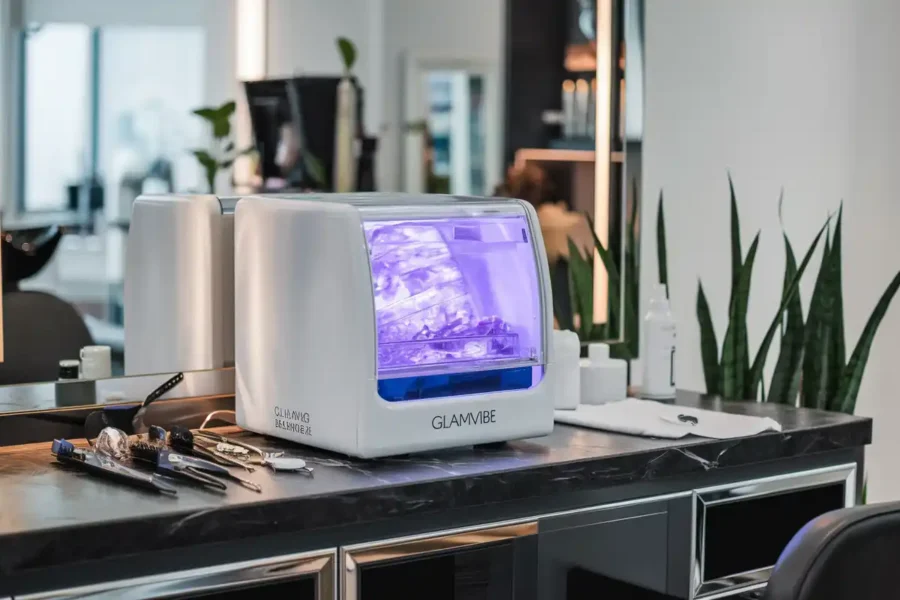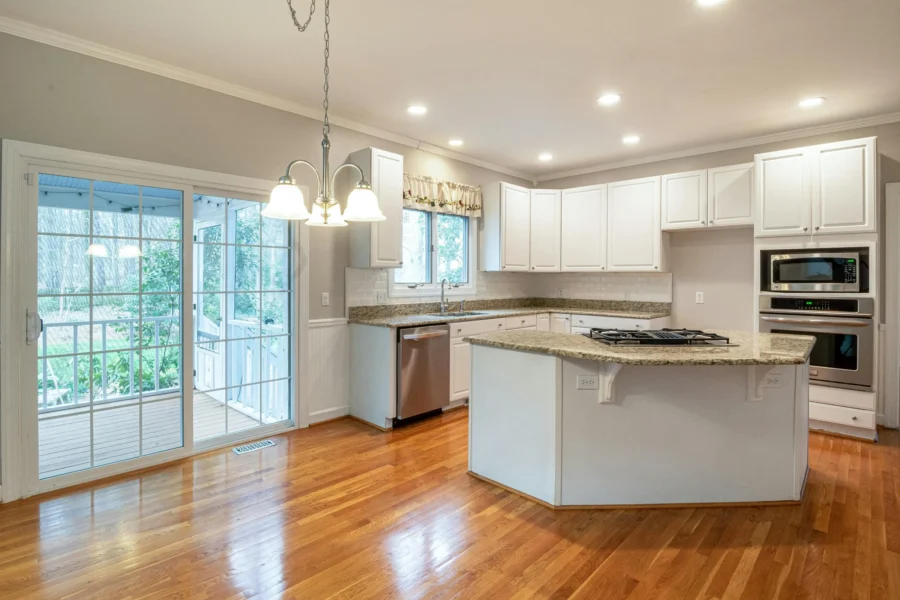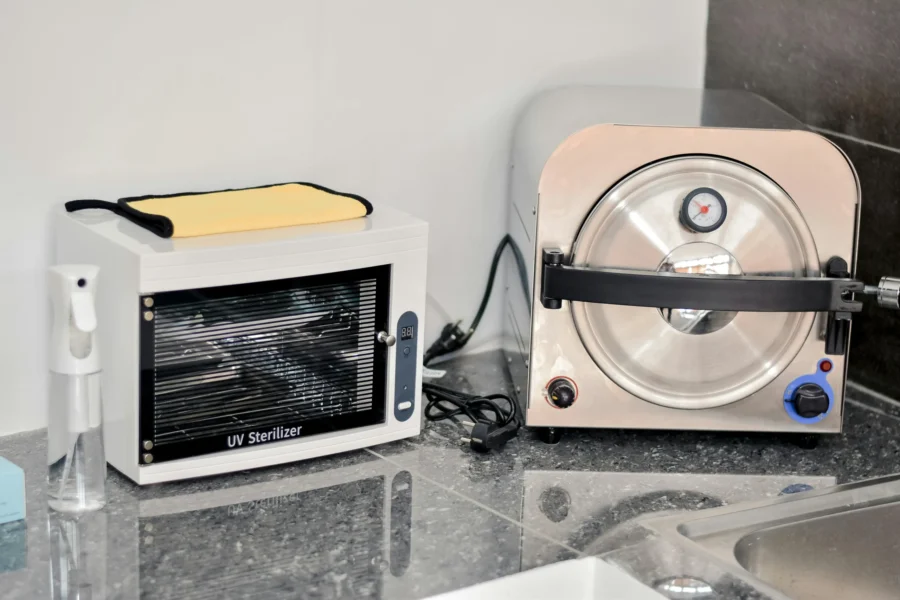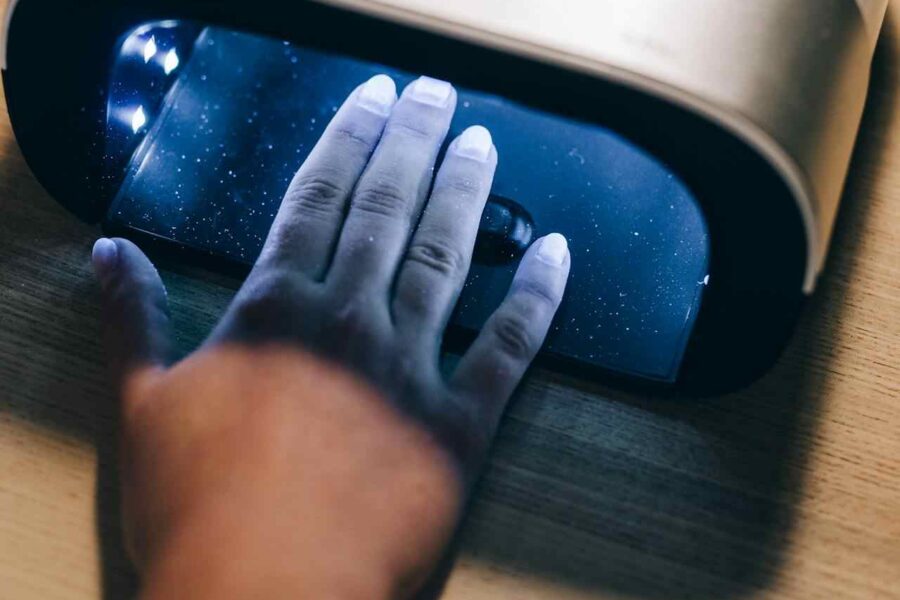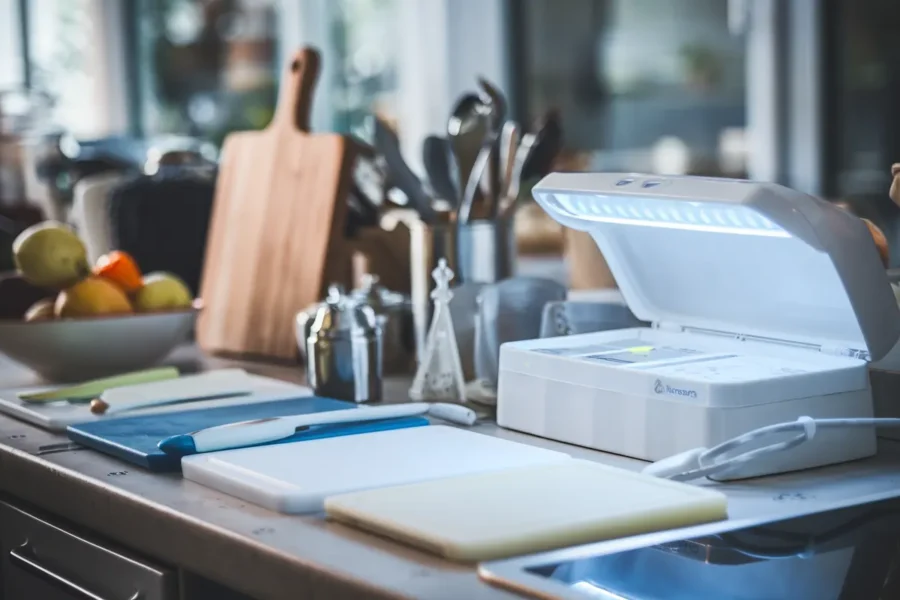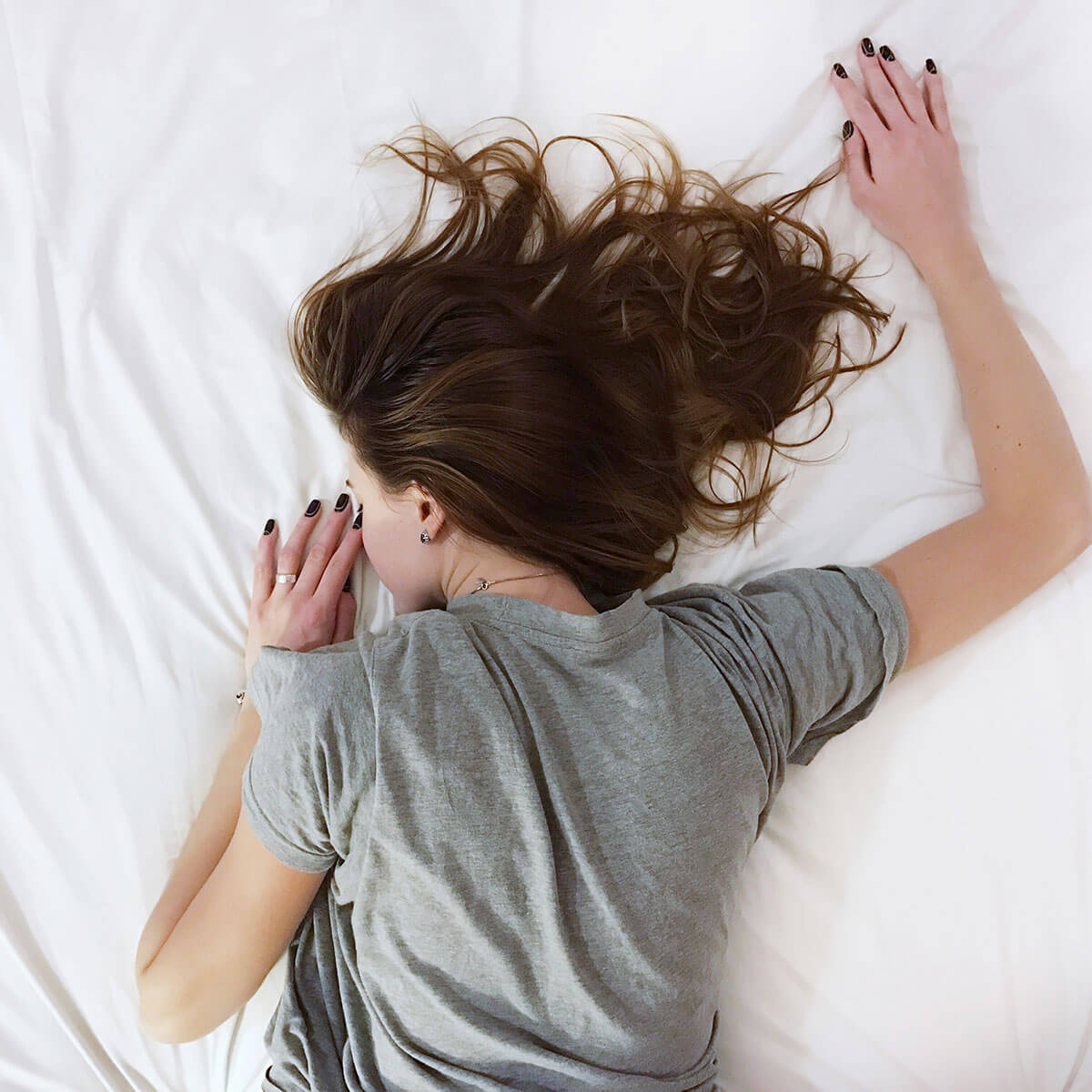How to Use UV Light to Prevent Kitchen Fungus
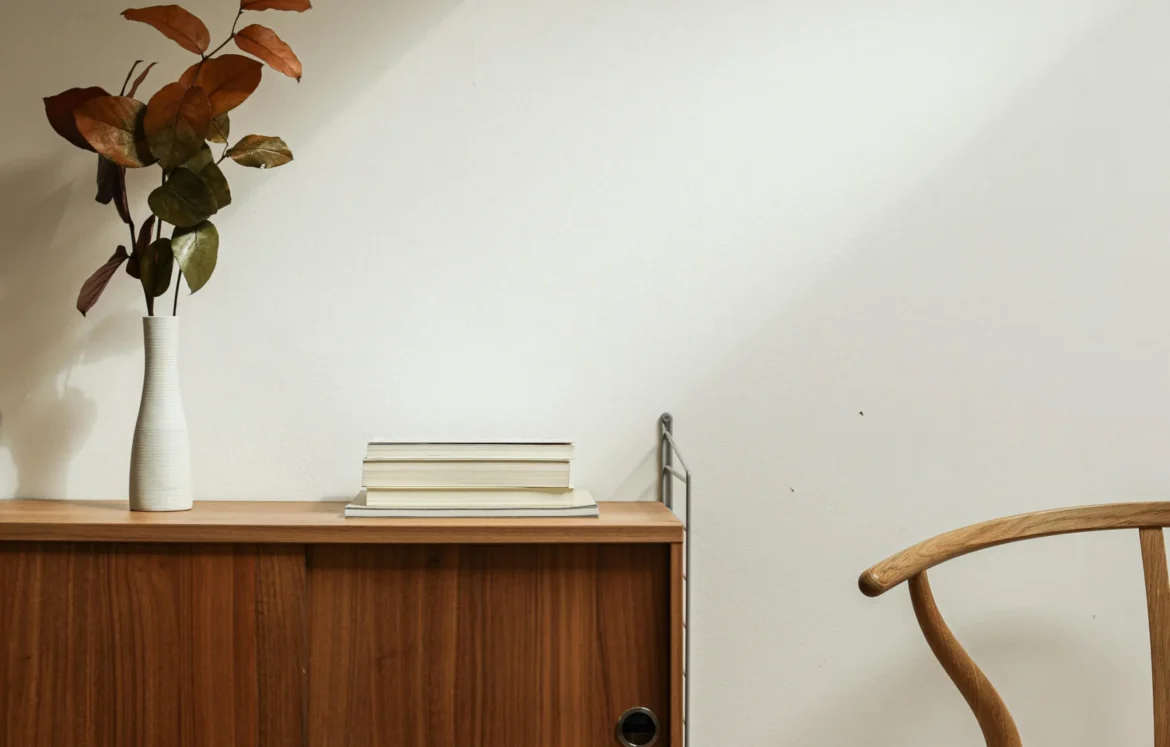
Tired of battling pesky mold and mildew in the kitchen? It can be frustrating to see these unsightly fungal growths on your countertops, in your pantry, or even on your favorite cutting board. But don’t despair! There’s a powerful weapon in your arsenal to prevent kitchen fungus: UV light.
This article will dive deep into the world of UV light germ killers and how they can be used to keep your kitchen pristine. We’ll discuss the science behind UV light’s antifungal properties, explore practical applications for this technology in your kitchen, and address important safety considerations.
Let’s explore the power of UV light in the fight against mold and mildew.
Table of Contents:
Mold and Mildew in the Kitchen
Mold and mildew are fungal organisms that thrive in warm, humid environments, making your kitchen their ideal breeding ground. These tenacious fungi can be found in all sorts of nooks and crannies, from under your sink to the crevices of your countertops. Not only are they unsightly, but they can also pose health risks, particularly for people with allergies or respiratory issues.

Mold and mildew are often linked to:
- Allergic Reactions: These fungi release spores that can trigger allergic reactions, leading to sneezing, coughing, watery eyes, and skin rashes.
- Respiratory Problems: Mold and mildew spores can irritate the respiratory system, exacerbating conditions like asthma and bronchitis.
- Food Spoilage: These fungi can contaminate food, making it unsafe for consumption.
Keep reading to discover how UV light can help you eliminate these stubborn fungi.
UV Light: A Powerful Weapon Against Fungus
Mold and mildew are common culprits in kitchens, particularly in humid environments. These pesky fungi can grow on surfaces like countertops, cutting boards, and even inside your refrigerator. Not only are they unsightly, but they can also pose health risks, especially for individuals with allergies or respiratory issues. Luckily, there’s a simple and effective solution: UV light.
How UV Light Works to Eliminate Mold and Mildew
UV light, specifically in the UV-C range, is a powerful disinfectant that can kill mold and mildew by damaging their DNA. When exposed to UV-C light, the fungi’s ability to reproduce is disrupted, leading to their eventual demise. This method is highly effective, especially for hard-to-reach areas where traditional cleaning methods might struggle.
Practical Applications of UV Light in the Kitchen
Here’s how you can leverage the power of UV light to keep your kitchen fungus-free:
- Sanitize Cutting Boards: The uv knife sterilizer is a must-have for any kitchen. It’s simple to use – just place your cutting board inside, close the lid, and let the UV light do its magic. You can find a variety of portable uv sanitizer boxes on the market, making it easy to sterilize your cutting boards whenever needed.
- Clean Sponges and Dishcloths: Regularly sanitizing your kitchen sponges and dishcloths can prevent the spread of bacteria and fungi. You can use a large uv sanitizer box designed specifically for this purpose.
- Sterilize Utensils and Dishes: UV light is a great way to disinfect your silverware, plates, and other kitchenware. Consider investing in a philips uv light sanitizer box or a uv sterilizer cabinet for salon, depending on your needs.
- Sanitize the Refrigerator: Mold and mildew can sometimes grow inside your refrigerator. You can use a uv toothbrush sanitizer effectiveness or a uv light germ killer to disinfect the interior of your fridge.
- Disinfect Other Kitchen Surfaces: UV light can also be used to sanitize countertops, sink areas, and other kitchen surfaces.
Important Note: While UV light is highly effective for killing mold and mildew, it’s essential to use it safely. Always follow the manufacturer’s instructions and avoid prolonged exposure to your skin and eyes.
Get Your Kitchen Germ-Free
UV light offers a powerful and effective solution for keeping your kitchen clean and free from mold and mildew. Whether you’re looking for a uv sanitizer machine or a uv sterilizer machine for hospital, there are numerous options available to suit your needs.
For more information on using UV light to sanitize your kitchen, check out these resources:
- Best UV Portable Lamp Sanitizer for Kitchen and Home: All You Need to Know
- Best UV Sterilizers for Kitchen: Safe, Effective, and Affordable
How UV Light Works to Eliminate Mold and Mildew
UV light is a powerful weapon against mold and mildew because it effectively kills these pesky fungi. You might be wondering, “How does UV light work?” Well, let’s delve into the science behind it.
UV light, specifically the ultraviolet C (UVC) wavelength, disrupts the DNA of mold and mildew spores, preventing them from reproducing and spreading. It’s like a microscopic bomb that targets the fungus’s genetic material, rendering it harmless. In simpler terms, UVC light is like a tiny laser beam that zaps the DNA of these fungi, stopping them in their tracks.

To visualize this process, imagine a mold spore as a tiny, microscopic spaceship. The UV light acts like a beam that penetrates the spaceship’s control center, disrupting its ability to navigate and operate. This incapacitates the spore, preventing it from spreading and causing further damage.
When using UV light to eliminate mold and mildew, you’re essentially using a powerful, yet invisible weapon against these fungal invaders. The light acts as a sterilizing agent, breaking down the DNA of these spores and preventing them from multiplying. This makes UV light an effective solution for keeping your kitchen clean and germ-free.
Remember, while UV light is an effective tool against mold and mildew, it’s crucial to use it correctly and safely. This means following the instructions of your UV sanitizer and taking necessary precautions to protect yourself and your surroundings.
4. Practical Applications of UV Light in the Kitchen
Now that you understand how UV light effectively tackles mold and mildew, let’s dive into the practical ways you can use it in your kitchen.
1. Sanitizing Surfaces
UV light is a powerful tool for eliminating bacteria and viruses on various kitchen surfaces. You can use a portable UV light sanitizer to disinfect your countertops, sink, cutting boards, and even your refrigerator shelves. This method is particularly helpful for hard-to-reach areas where traditional cleaning methods may not be as effective.
2. Sterilizing Utensils
UV light can also be used to sterilize kitchen utensils, making it a great alternative to boiling water or using harsh chemicals. You can invest in a UV knife sterilizer to sanitize your knives, scissors, and other sharp tools. There are also UV toothbrush sanitizers that use UV light to kill bacteria and germs on your toothbrush.
3. Food Storage
If you’re concerned about bacteria spoiling your food, a large UV sanitizer box can come in handy. These boxes use UV light to kill bacteria and extend the shelf life of your fruits, vegetables, and other perishable items.
4. Sanitizing Kitchen Appliances
UV light can also be used to sanitize your kitchen appliances, such as your microwave, blender, and coffee maker. Many portable UV light sanitizers are small enough to fit inside these appliances, ensuring they are thoroughly cleaned.
5. Eliminating Mold and Mildew in Hard-to-Reach Areas
UV light is an excellent solution for tackling mold and mildew in hard-to-reach areas of your kitchen, such as under the sink or behind appliances. A UV sterilizer cabinet for salon or a uv sterilizer machine for hospital is designed for large-scale sterilization and can be effectively used to eliminate mold and mildew in these areas.
With a little creativity, you can find many ways to incorporate UV light into your kitchen hygiene routine. To ensure you are using UV light safely and effectively, read on to learn about important precautions and considerations.
5. Safety Precautions and Considerations for Using UV Light
While UV light is a powerful tool for eliminating mold and mildew, it’s essential to use it safely. Here are some safety precautions and considerations to keep in mind:

1. Protect Your Skin and Eyes: UV light can damage your skin and eyes, so it’s crucial to wear protective gear like gloves and UV-resistant goggles when using UV light sterilizers.
2. Ventilation is Key: Always ensure adequate ventilation when using UV light sanitizers. This is especially important when using UV sanitizer machine for large areas or objects, as it can create ozone, which can be harmful if inhaled.
3. UV Light May Not Be Effective on All Surfaces: UV light is most effective on smooth, hard surfaces. It may be less effective on porous surfaces like fabrics or wood.
4. Follow the Manufacturer’s Instructions: Always read and follow the manufacturer’s instructions for your specific UV light sanitizer. Each device may have specific safety guidelines and operating procedures.
5. Avoid Overuse: While UV light is effective, it’s important to avoid overusing it. Excessive exposure to UV light can damage materials and may not be necessary for every cleaning task.
6. Check for UV Light Resistance: Before using a UV light sterilizer on any item, check if the item is resistant to UV light. Some materials, like certain plastics, can be damaged by UV light exposure.
7. Consider the Limitations: UV light is not a substitute for thorough cleaning. It should be used in conjunction with traditional cleaning methods to maintain a clean and hygienic environment.
FAQ: Using UV Light to Eliminate Mold and Mildew in the Kitchen
1. What types of UV light are effective against mold and mildew?
UV-C light, specifically within the 200-280 nanometer wavelength, is highly effective for killing mold, mildew, and other microbes. This range disrupts their DNA, preventing growth and reproduction.
2. Can UV light completely replace traditional cleaning methods?
No, UV light should be used as a complement to traditional cleaning. While it’s powerful for sterilization, it doesn’t remove visible dirt or grime. Regular cleaning ensures surfaces are physically clean, and UV light then helps sanitize these areas.
3. Is UV light safe to use in the kitchen?
Yes, UV light is safe for kitchen use when proper precautions are followed. Avoid direct exposure to skin and eyes, wear protective gear if necessary, and ensure adequate ventilation, especially if your device generates ozone.
4. Can I use a UV light sanitizer on all surfaces?
UV light works best on non-porous, hard surfaces like countertops, cutting boards, and kitchen appliances. It may be less effective on porous materials (such as fabrics) or irregular surfaces where light might not reach every part.
5. How long does it take for UV light to disinfect a surface?
The time needed for effective disinfection varies by device, but most UV light sanitizers recommend exposure for 5-10 minutes for optimal results. Always check your device’s user guide for precise timing.
6. Are UV light sanitizers expensive to operate?
Generally, no. Most UV light sanitizers use LED or low-wattage bulbs that are energy efficient. Additionally, many UV devices are designed for short, effective bursts of use, keeping energy consumption low.
7. Can UV light harm my kitchen tools or appliances?
Prolonged UV exposure can degrade some plastics and polymers over time, so it’s best to limit UV use to only what’s necessary for disinfection. Check product guidelines for compatibility with UV light.
8. Do UV sanitizers produce ozone, and is it safe?
Some UV-C devices produce a small amount of ozone as a byproduct, which can aid in disinfection but may be harmful in high concentrations. Ensure your kitchen is well-ventilated during use, and check the specifications of your device to see if it’s ozone-free.
9. Is UV light effective for food storage areas?
Yes, UV light can help sanitize food storage areas, including the interior of your refrigerator and pantry. Some large UV sanitizers are even designed to extend the shelf life of perishables by reducing bacterial contamination.
10. What should I look for in a UV light sanitizer for my kitchen?
Consider factors such as size, portability, wavelength (make sure it’s UV-C), and ease of use. For kitchen-specific use, look for sanitizers that are compact, effective on a range of surfaces, and designed with safety features.
Conclusion
In conclusion, using UV light sanitizers can be a highly effective way to control mold and mildew growth in your kitchen. By leveraging the power of UV light germ killer, you can create a healthier and more hygienic environment. Remember to use these devices responsibly, taking necessary safety precautions and understanding their limitations.
If you’re looking for the best UV light sterilizer for your needs, consider factors like the size and type of items you need to sanitize, the power output, and the convenience of portability. There are a range of options available, from portable UV sanitizer box to large UV sanitizer box. You can even find specialized devices like UV knife sterilizer and UV toothbrush sanitizer. With the right UV light sanitizer, you can say goodbye to mold and mildew in your kitchen and enjoy a cleaner, healthier environment.


